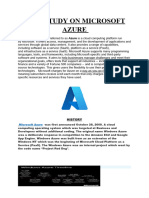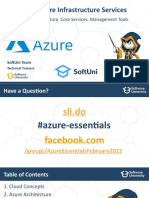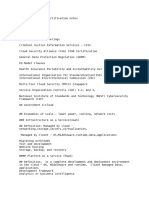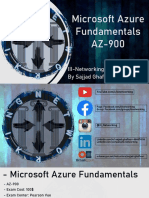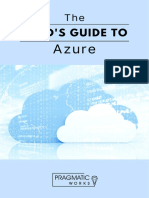0% found this document useful (0 votes)
9 views13 pagesDevops - Introduction To Microsoft Azure
Microsoft Azure, launched by Microsoft in 2010, is a comprehensive cloud computing platform offering services such as storage, computing, networking, and analytics, designed for easy application management. It operates on a pay-as-you-go pricing model and utilizes virtualization technology to provide scalable resources through a global network of data centers. Azure supports various service categories including IaaS, PaaS, and SaaS, and offers tools for disaster recovery, security management, and collaboration, making it a versatile solution for businesses.
Uploaded by
bhuvanesh121314Copyright
© © All Rights Reserved
We take content rights seriously. If you suspect this is your content, claim it here.
Available Formats
Download as PDF, TXT or read online on Scribd
0% found this document useful (0 votes)
9 views13 pagesDevops - Introduction To Microsoft Azure
Microsoft Azure, launched by Microsoft in 2010, is a comprehensive cloud computing platform offering services such as storage, computing, networking, and analytics, designed for easy application management. It operates on a pay-as-you-go pricing model and utilizes virtualization technology to provide scalable resources through a global network of data centers. Azure supports various service categories including IaaS, PaaS, and SaaS, and offers tools for disaster recovery, security management, and collaboration, making it a versatile solution for businesses.
Uploaded by
bhuvanesh121314Copyright
© © All Rights Reserved
We take content rights seriously. If you suspect this is your content, claim it here.
Available Formats
Download as PDF, TXT or read online on Scribd
/ 13





















